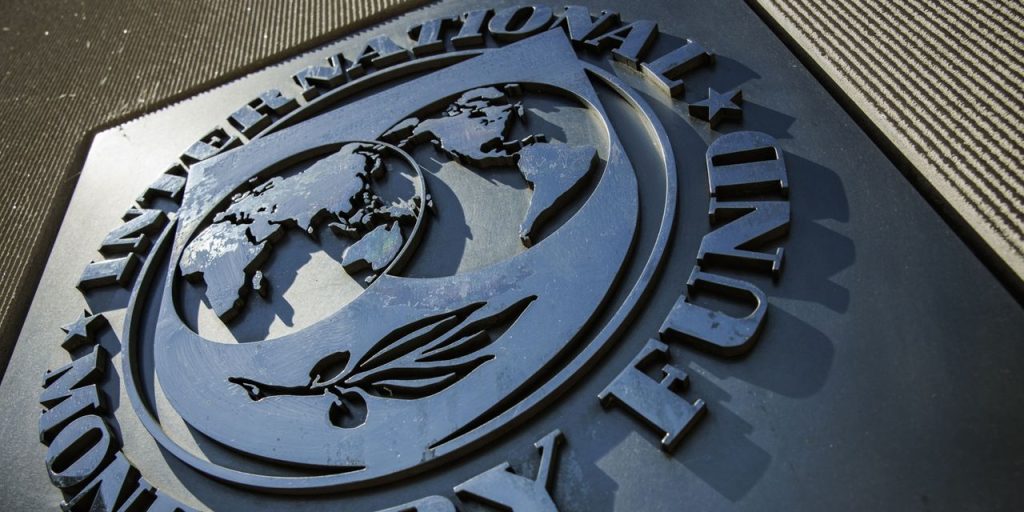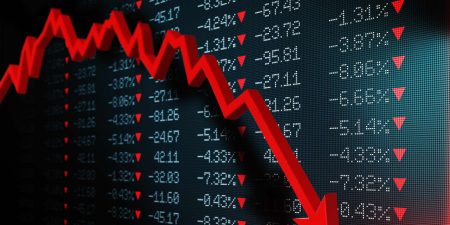The International Monetary Fund on Tuesday raised its forecast for global economic growth modestly from earlier this year but cautioned that risks remain with inflation a continued concern and China’s recovery losing steam.
The IMF expects global growth of 3% this year and next, a 0.2% upgrade to its April forecast. The global economy proved to be more resilient than expected, and central bankers contained banking turmoil in the U.S. and Switzerland earlier in the year. But the forecast growth is below the 3.8% historical average for the 20 years before the pandemic, and IMF economists see signs of further slowing.
Inflation is still a concern. While the IMF expects global headline inflation to fall to 6.8% from last year’s 8.7%, it increased its expectation for next year to 5.2%. IMF economists now expect the Fed to raise interest rates to a peak of 5.6%, higher than their April expectations, to contain U.S. inflation. Further intensification of the war in Ukraine and extreme weather events could hit commodity prices already affected by record temperatures and drought.
A slowing China recovery is another concern. The world’s second largest economy continues to grapple with problems in its property market, a key source of growth in the past; geopolitical tensions also are denting foreign investment. The Chinese economy could see unintended fiscal tightening as local governments grapple with declining property-tax revenue.
The IMF stuck with its expectation for China’s economy to grow 5.2% this year and 4.5% next, higher than many Wall Street analysts’ expectations. But the makeup of that growth is different than anticipated in the spring because of continued malaise in its property sector.
Sharmin Mossavar-Rahmani, head of
Goldman Sachs
‘ investment strategy group, cautioned last week that China faced challenges as its traditional pillars of growth—including exports and property—struggle. China’s aging population is another concern. Mossavar-Rahmani cautioned that China’s troubles could ripple through countries that depend on it as a major consumer, including Australia and its iron ore exports, Saudi Arabia and its oil exports, and European luxury makers.
There are also signs of a broader slowdown in advanced economies. The rotation back toward service industries after Covid is almost complete in advanced economies and picking up in many emerging markets, but IMF economists say the scope for further gains here is limited. That comes as nonservices sectors, like manufacturing, shows weakness, as do trade and industrial production gauges. High frequency indicators —including consumer spending gauges like restaurant reservations, as well as bank lending data—show signs of slowing.
Households, especially in the U.S., have also whittled down the excess savings that they had accumulated during the pandemic. Banks in the wake of the regional banking turmoil are still wary of lending, and corporate and real estate lending is declining. The IMF expects growth of 1.8% in the U.S. this year and 1% in 2024, down from 2.1% in 2022.
A couple of bright spots: The IMF increased its expectations for India’s growth by 0.2 percentage points to 6.1% this year on the back of stronger domestic investments. The economists also raised its outlook for Europe by 0.6 percentage points to 1.8% in 2023 and 2.2% in 2024. Part of that comes from an upgrade to expectations for Russia’s economy, up 0.8 percentage points from the IMF’s spring forecasts to 1.5% as retail trade, construction and industrial production suggests a strong first half of this year amid fiscal stimulus.
Write to Reshma Kapadia at [email protected]
Read the full article here















